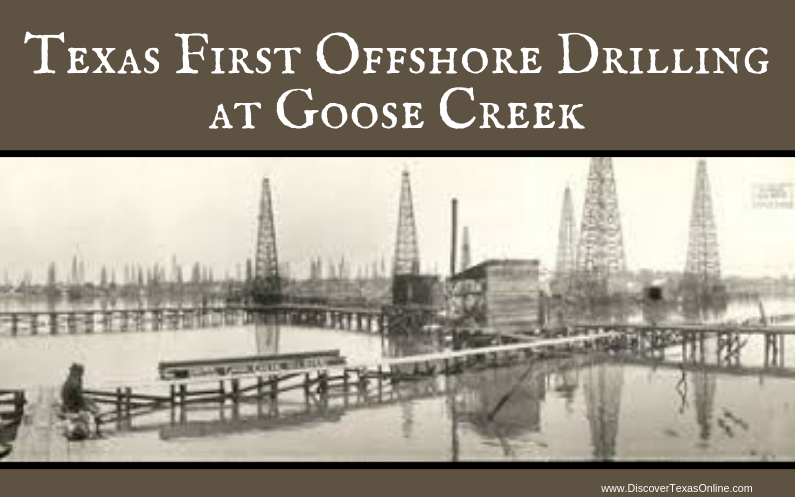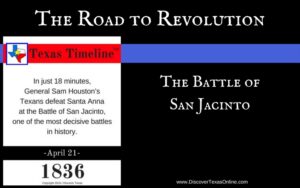 I have to say that I am especially fascinated with the history of Texas oil fields. My grandfather was a preschooler when oil was first discovered at the turn of the century (the last one). That discovery literally launched our country into the petroleum age–an age of automation–and Texas was at the epicenter of growth and development. Much to the chagrin of their staid-and-proper father, who was an Episcopalian minister, my grandfather and his brother set their caps for the southeast Texas oil fields when they finished their schooling. There he met my grandmother, who was teaching in a one-room schoolhouse nearby. You can read the rest of their story here.
I have to say that I am especially fascinated with the history of Texas oil fields. My grandfather was a preschooler when oil was first discovered at the turn of the century (the last one). That discovery literally launched our country into the petroleum age–an age of automation–and Texas was at the epicenter of growth and development. Much to the chagrin of their staid-and-proper father, who was an Episcopalian minister, my grandfather and his brother set their caps for the southeast Texas oil fields when they finished their schooling. There he met my grandmother, who was teaching in a one-room schoolhouse nearby. You can read the rest of their story here.
It didn’t take long for investors to figure out how to drill for oil even through water. Here’s how that happened:
In 1903, John I Gaillard noticed bubbles rising and popping on the surface of Goose Creek about 20 miles southeast of Houston where the creek empties into Galveston Bay. He tossed a match into the water, and the quick flare confirmed that the bubbles were caused by natural gas.
Almost immediately, Gaillard leased the property and began to drill, but without success. It wasn’t until 1908 that the Goose Creek Production Company drilled through the marsh to a depth of 1600 feet and found oil. They quickly sold the promising development to a larger company, but after sinking a lot of money and effort into twenty dry holes over the next two years, the new owners abandoned the field, which was then leased to the American Petroleum Company. They tried drilling closer to the shore, and on August 23, 1916 oil was struck at 2017 feet and began gushing 8,000-10,000 barrels a day!
Overnight men rushed to obtain leases, build derricks, and drill wells. A tent city sprang up with teams of mules and horses hauling heavy equipment. Barges brought loads of lumber and pipe from nearby Houston. Even when the gushers leveled off to a substantially lower rate of production, investors continued to drill. When the United States entered World War I, oil prices hit $1.35/barrel, making it worthwhile to attempt offshore drilling, and the Humble Oil and Refining Company (now Exxon) was among the first to try. By 1918, Goose Creek field was producing almost 9 million barrels a year!
Ross Sterling, founder and president of Humble Oil bought a pipe line company to carry his oil from Goose Creek field to the Houston Ship Channel and, in 1921, built a large oil refinery next to the oil field. They named the new plant and townsite “Baytown.”
Teaching Tips:
Every once in a while there is a discovery or invention that radically changes the world the way the discovery of oil did when it launched us into the Petroleum Age.
- How did the world change after the discovery of oil?
- What did the discovery of plentiful oil do for Texas and Texans?
- Can you think of other major discoveries or inventions that have dramatically changed the world?



Tom Dean
The discovery of oil and later natural gas provided Texas with another “unique-to-Texas” advantage. As a former confederate state, Texas and Texans were impoverished by the civil war and the so-called ‘reconstruction’ period. Only one thing was abundant, thousands of acres of ‘State Land’. The 1876 Texas Constitution set aside land (now 2.1 million acres) in West Texas to support the now University of Texas and Texas A&M systems. The Permanent University Fund (PUF) first provides funds through lease royalties from grazing, and the discovery of oil on state lands also provided mineral royalties. Two third of the funds go to the University of Texas and one third to Texas A&M University. The PUF has enabled generations of Texans to obtain an previously unattainable education. The PUF funded both of these schools to Tier One status and World-wide recognition for excellence in Academics and Research.